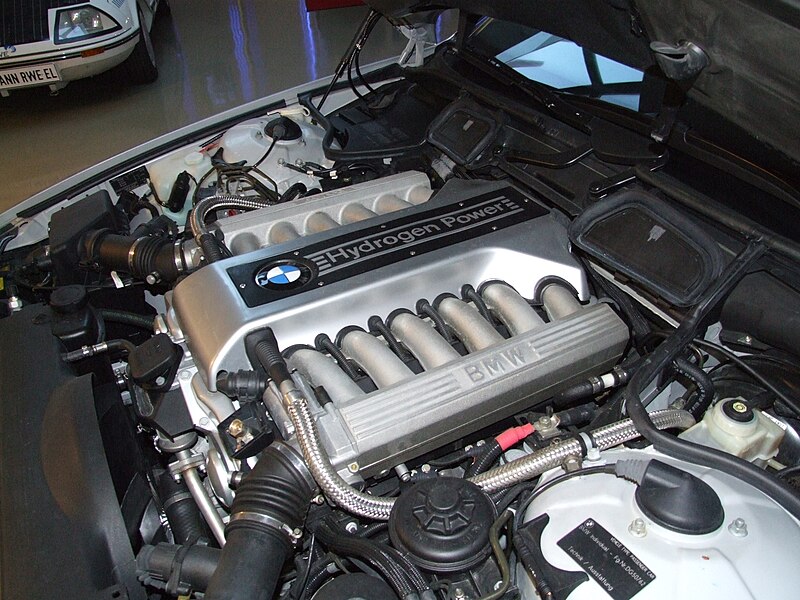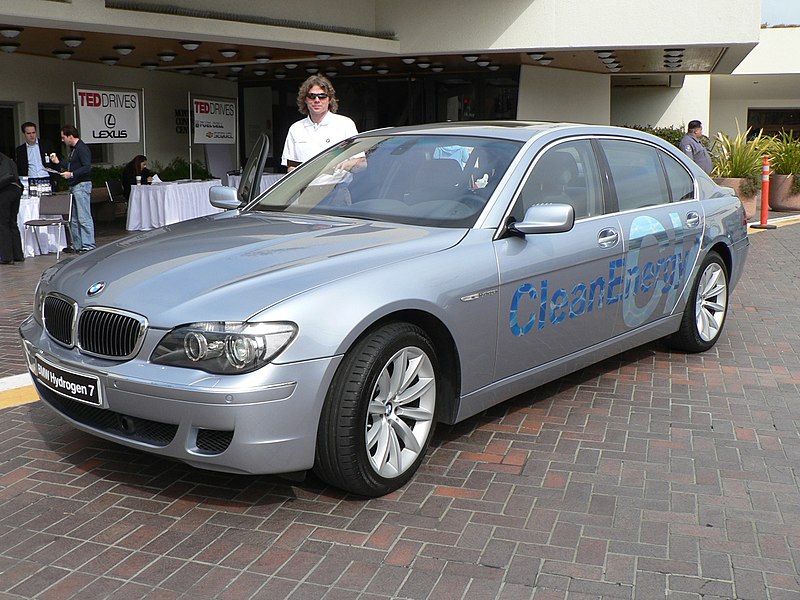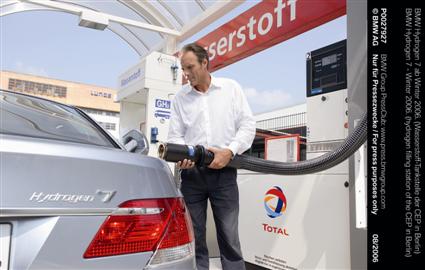
Αρχικό μήνυμα απο
https://www.bmwinformation.com/technology/hydrogen.html
Crash tests with tanks for liquid hydrogen
In close cooperation with the TUV South Germany Technical Inspection Authority, the BMW Group has conducted a comprehensive range of tests examining various accident scenarios and determining how the liquid hydrogen tank behaves in the process. One of the test procedures was to destroy full tanks under high pressure after deliberately blocking their safety valves. The predetermined rupture point inside the tank provided for such an extreme case allows controlled discharge of the hydrogen without any major risks or hazards.
In a further series of tests vehicle tanks filled with liquid hydrogen were subjected to various fire conditions in a special test area: In the process the tanks were surrounded by flames at a temperature of almost 1000 �C or approximately 1850 �F for up to 70 minutes. Again, the tanks did not present any problems, the evaporated hydrogen slowly escaping through the safety valves in a smooth, almost imperceptible flow of gas. In the last series of tests, finally, car tanks containing liquid hydrogen were deformed and seriously damaged by hard, solid objects. None of the tanks exploded.
Thorough and very demanding crash tests were also conducted successfully on the overall vehicle as a complete "system" and are described in greater detail in the Chapter on "How Cars Run on Hydrogen". After these comprehensive examinations, the TUV Technical Inspection Authority arrived at the conclusion that hydrogen can be used just as safely as gasoline.
The procedure applied is very simple and straightforward: Like at every other filling station, cars running on hydrogen drive up to the fuel pump located in the public area of Munich Airport. Then the driver initiates the fully automatic tank-filling process. While the tank is being filled up - this takes roughly as long as a conventional tank-filling process with gasoline or diesel - the driver in theory need not even get out of his car, since he is identified by his tank card or by electronic remote control. Liquid hydrogen at a temperature of -253 �C is subsequently able to "rain" into the tank of his BMW, hydrogen gas in the tank condensing on the droplets via the liquid phase and thus reducing the partial pressure of the hydrogen gas. As a result, absolutely no hydrogen is lost in the process of filling the tank.
In terms of the operations involved, the process of filling the tank manually is again virtually exactly the same as at a conventional filling station. By and large, the system differs only in terms of the pressure- and low temperature-proof connector taking the place of the usual pump nozzle: To fill up the tank, the driver places the connector on the tank filler pipe and locks it in position, enabling the hydrogen to "flow" in.
This process of filling the tank manually is to be studied in a large-scale demonstration project in Berlin, where the first hydrogen tank in Germany integrated in a public filling station will be opened in autumn 2004. And to develop a standardized liquid hydrogen connector suitable for worldwide use on the automobile as soon as possible, the BMW Group and General Motors/Opel established an open consortium in April 2003 together with Linde and Walter.
Liquid hydrogen is always cryogenic
Liquid hydrogen inside the tank of a car warms up in a "natural" process. The pressure inside the tank thus increases in the course of time until a limit currently set at 5.5 bar, the maximum pressure allowed in a tank for liquid hydrogen. Under higher pressure, gas is able to escape in a controlled process through a spillover valve in a process comparable to the evaporation of gasoline from a conventional car tank when parked in bright sunshine.
Currently it takes about one day for the fuel in a hydrogen tank to reach a pressure of 5 bar with the engine not running. And whenever the car is driven in the meantime, pressure decreases and the loss of hydrogen during extended standstill periods may be avoided altogether.

















 Απάντηση με παράθεση
Απάντηση με παράθεση

 To έβαλα επειδή εσείς το ζητήσατε...
To έβαλα επειδή εσείς το ζητήσατε...









